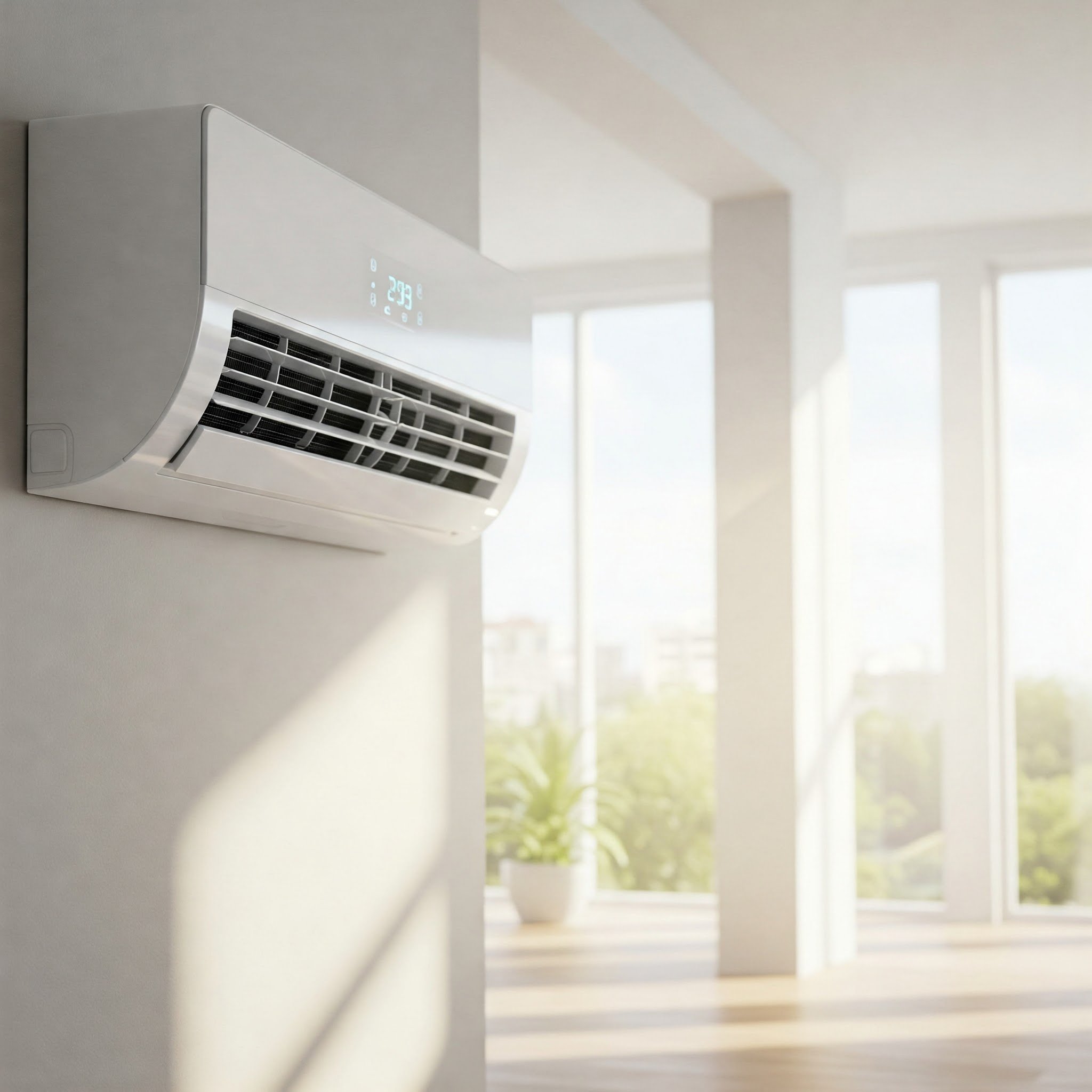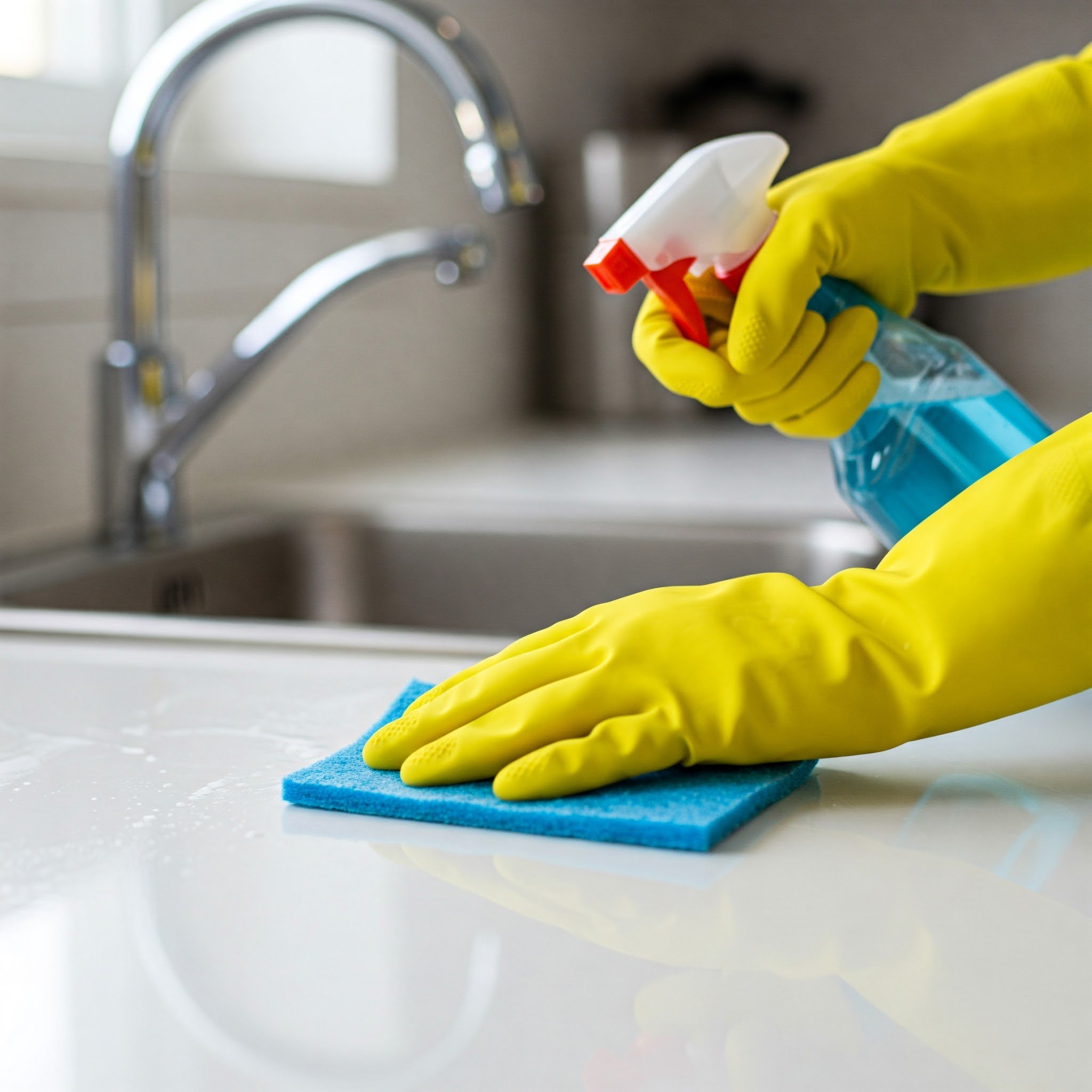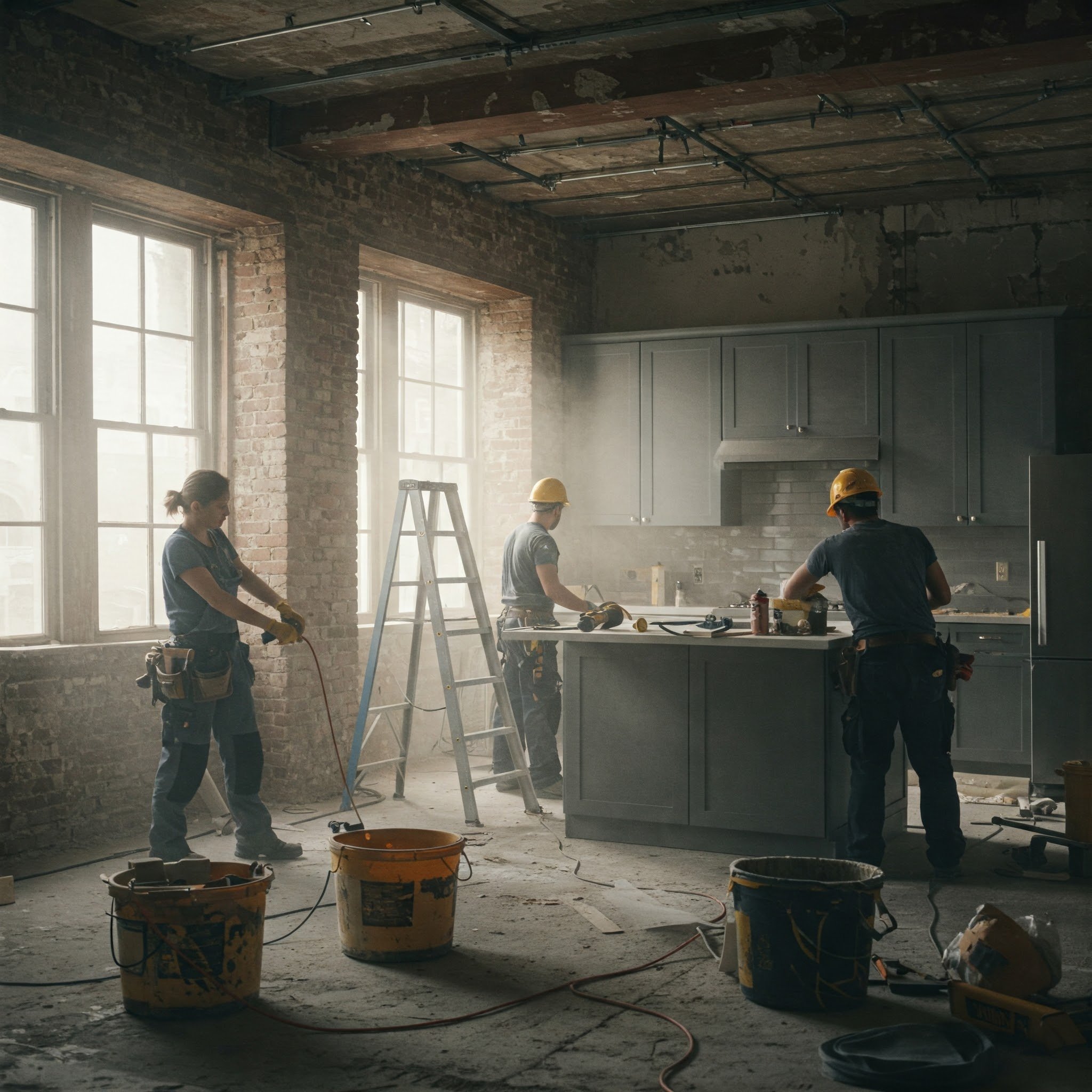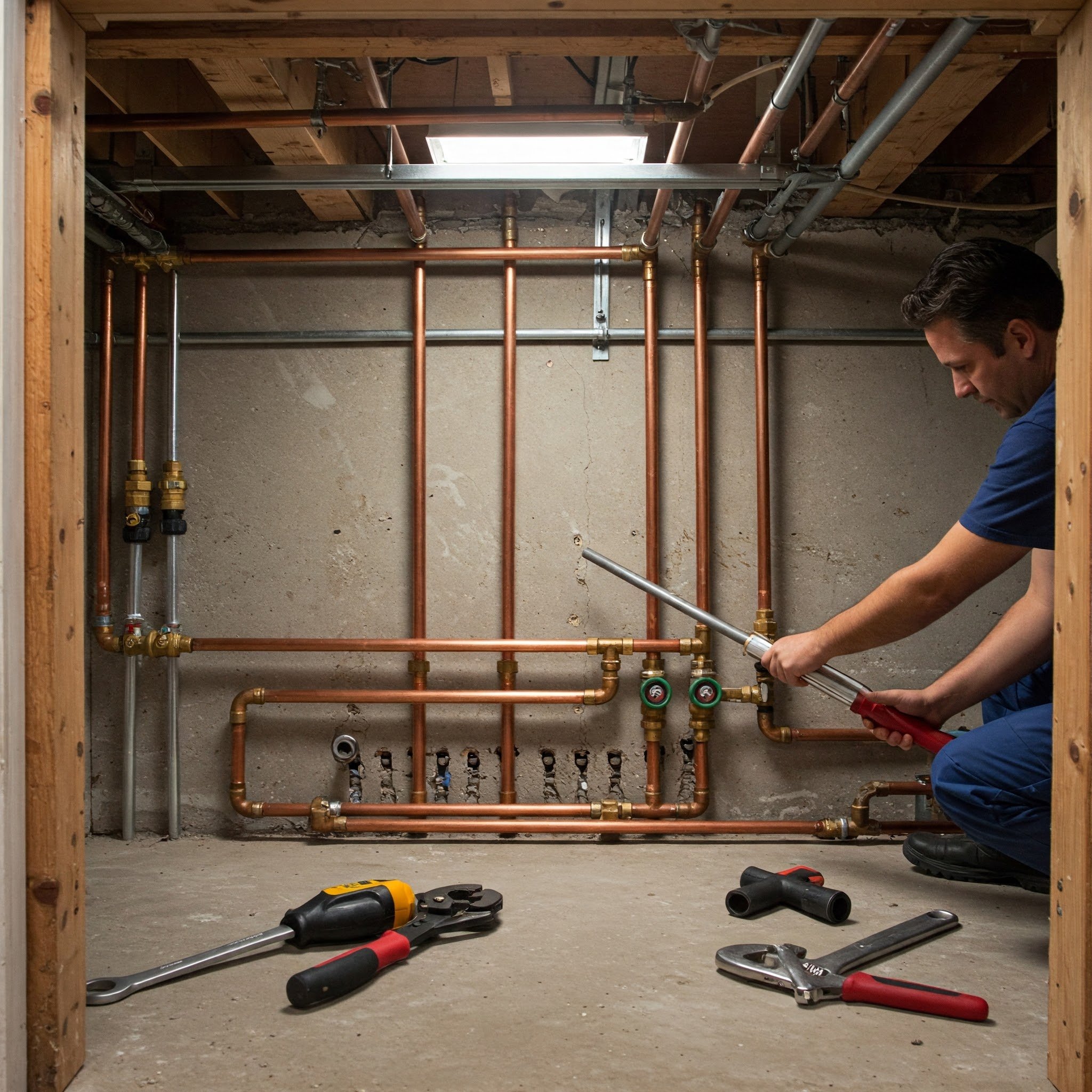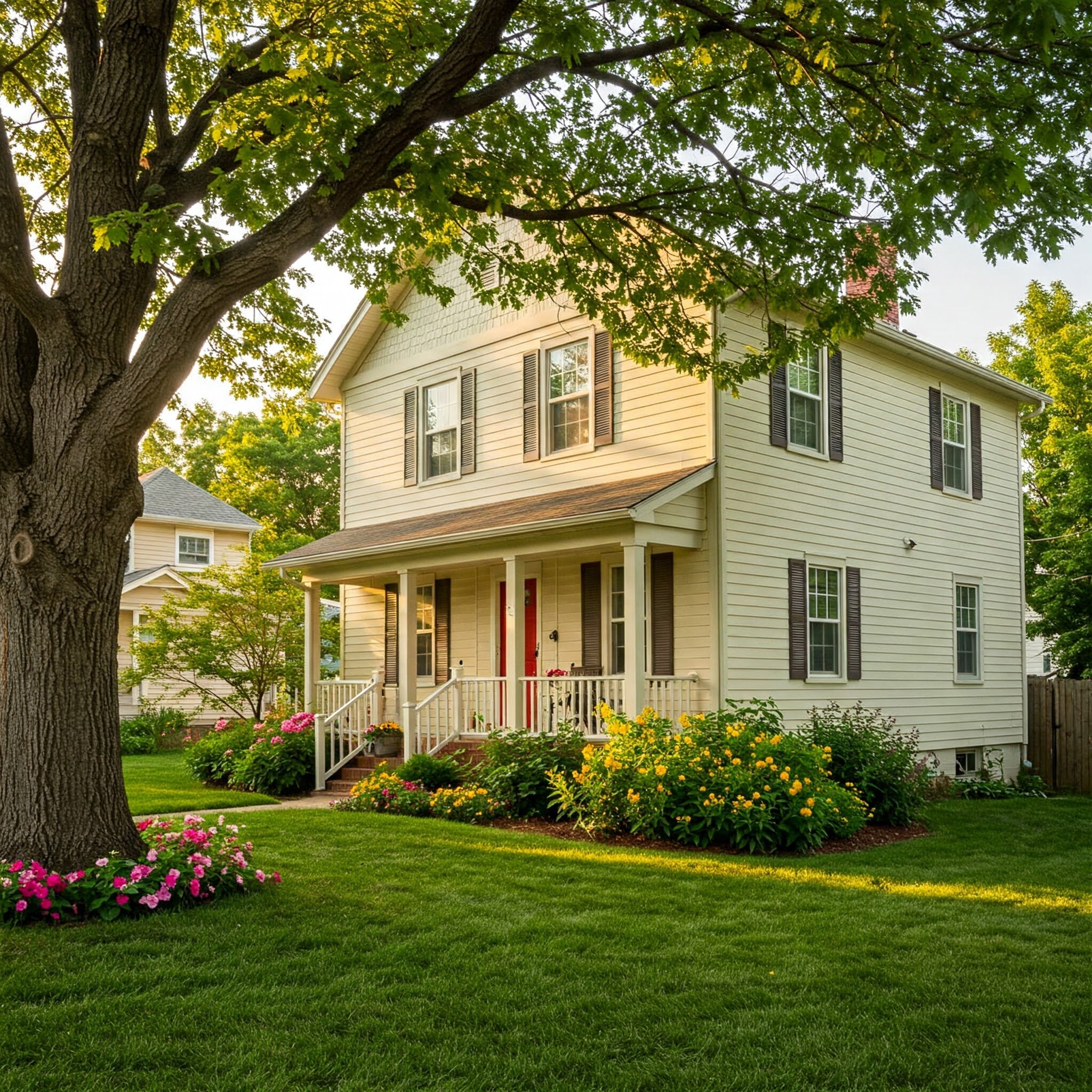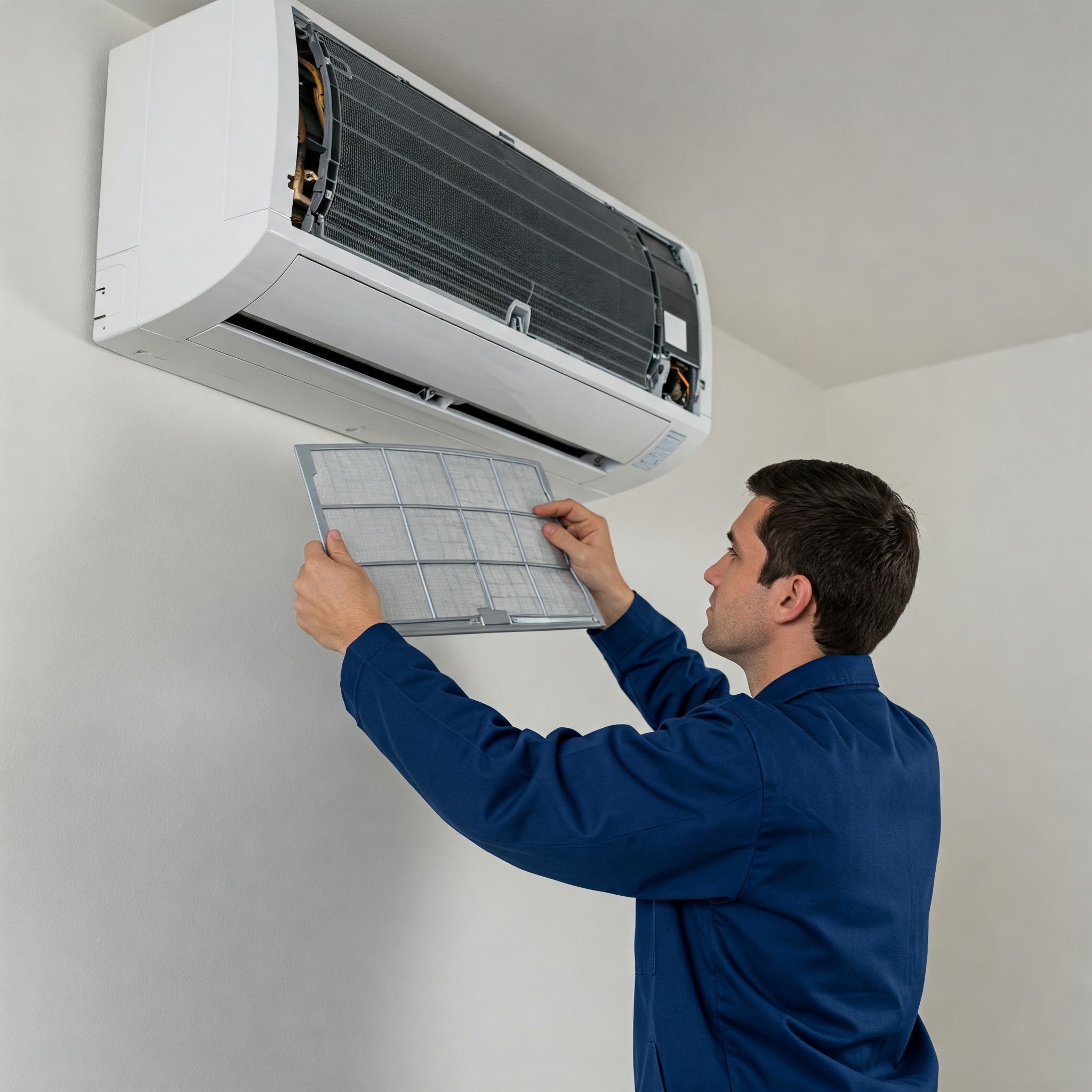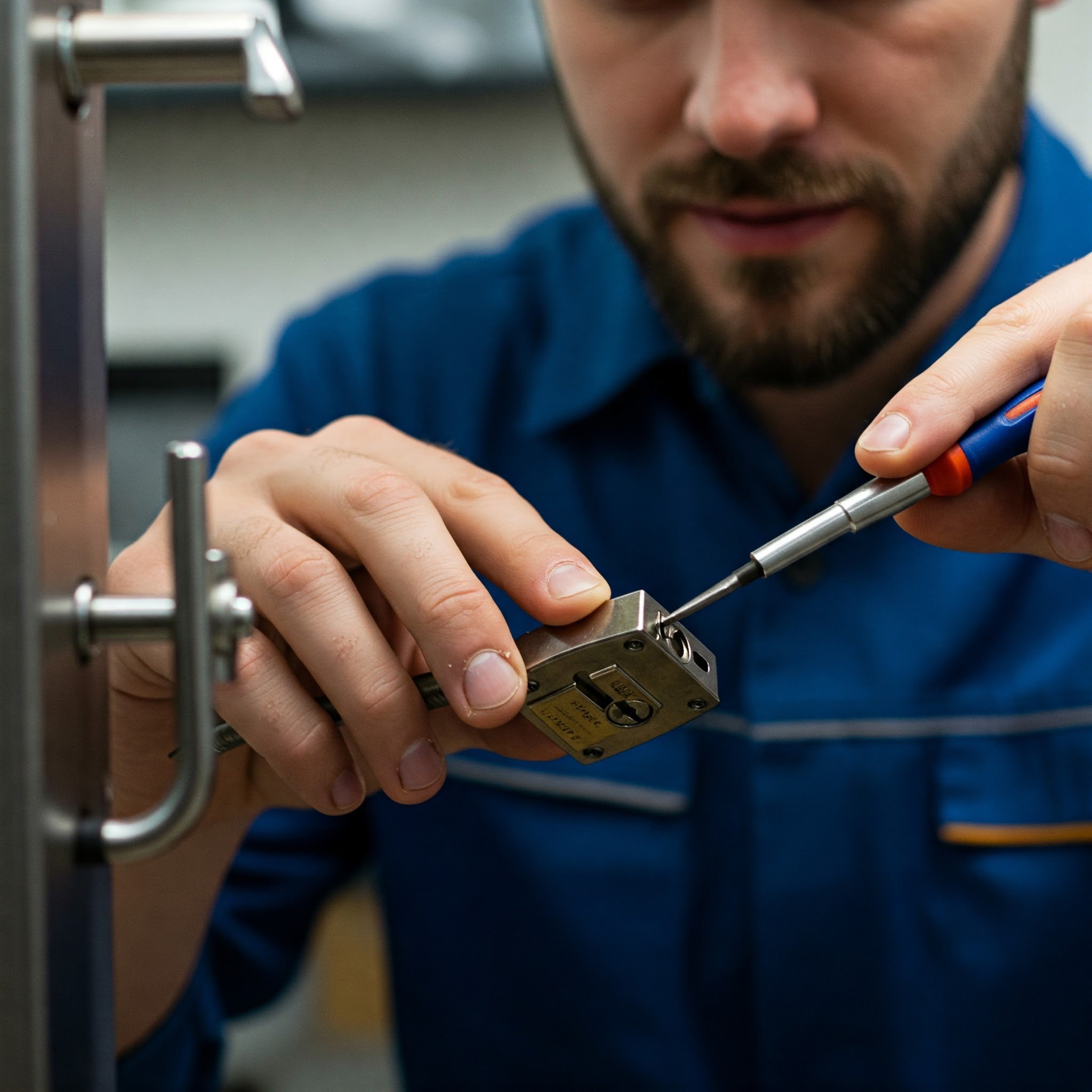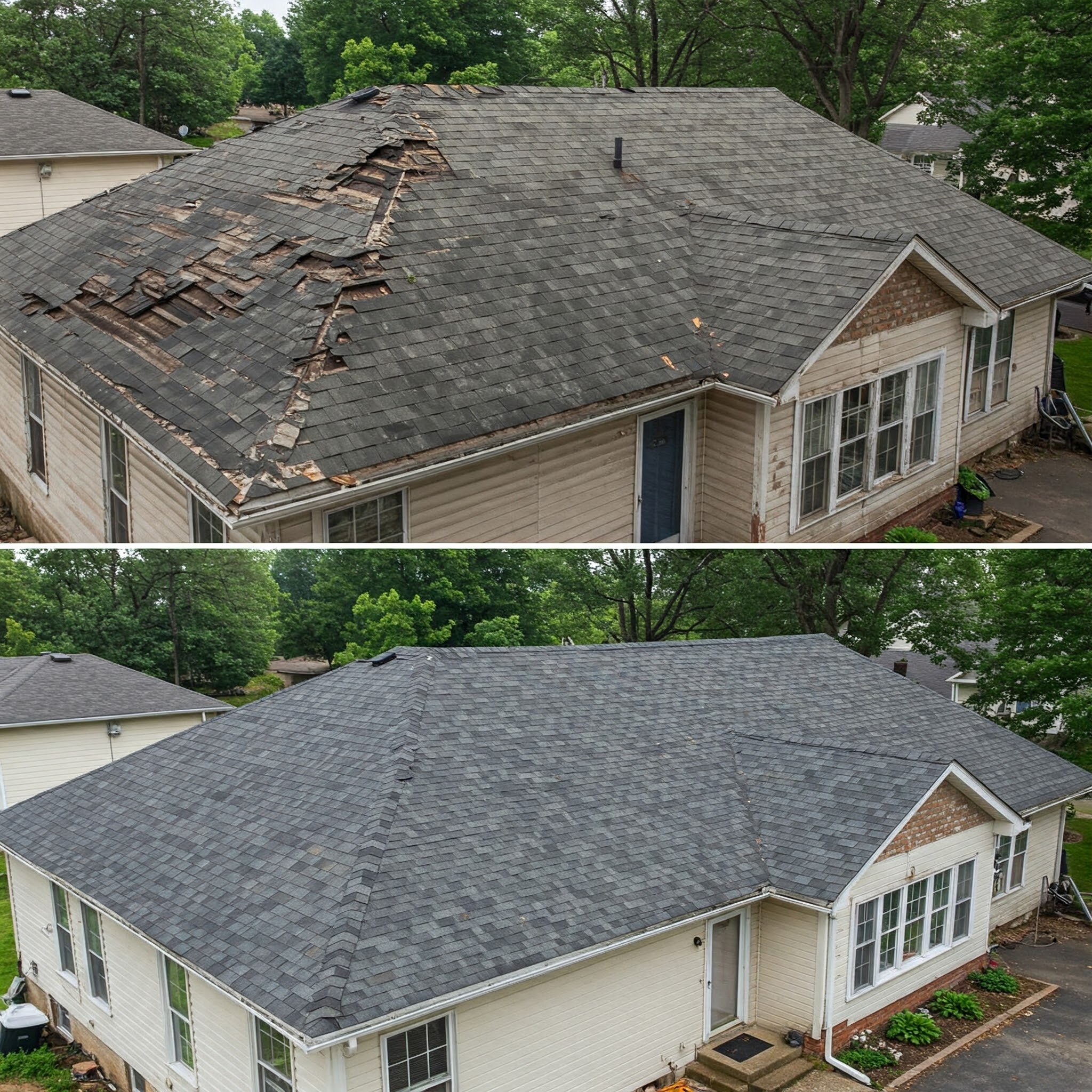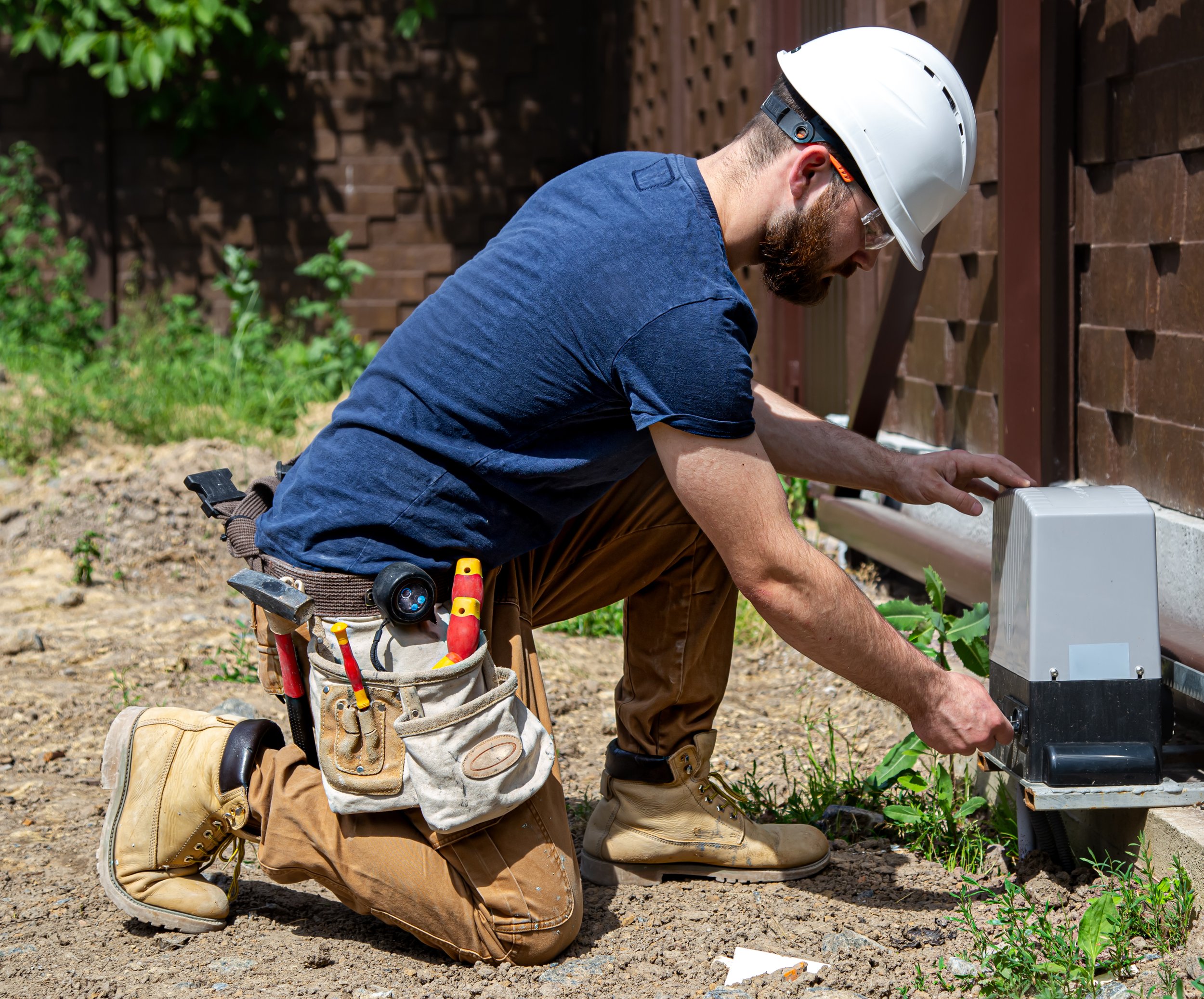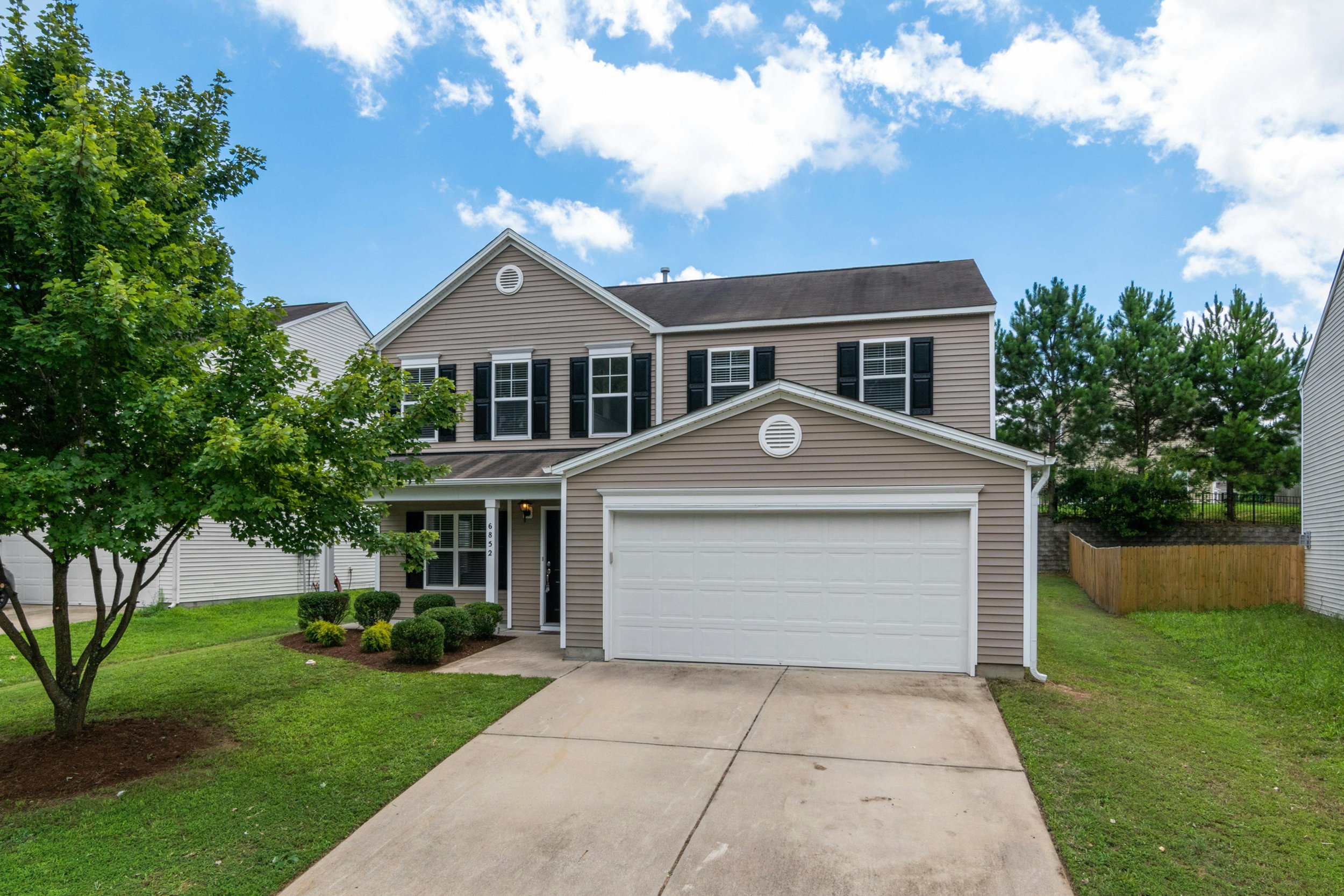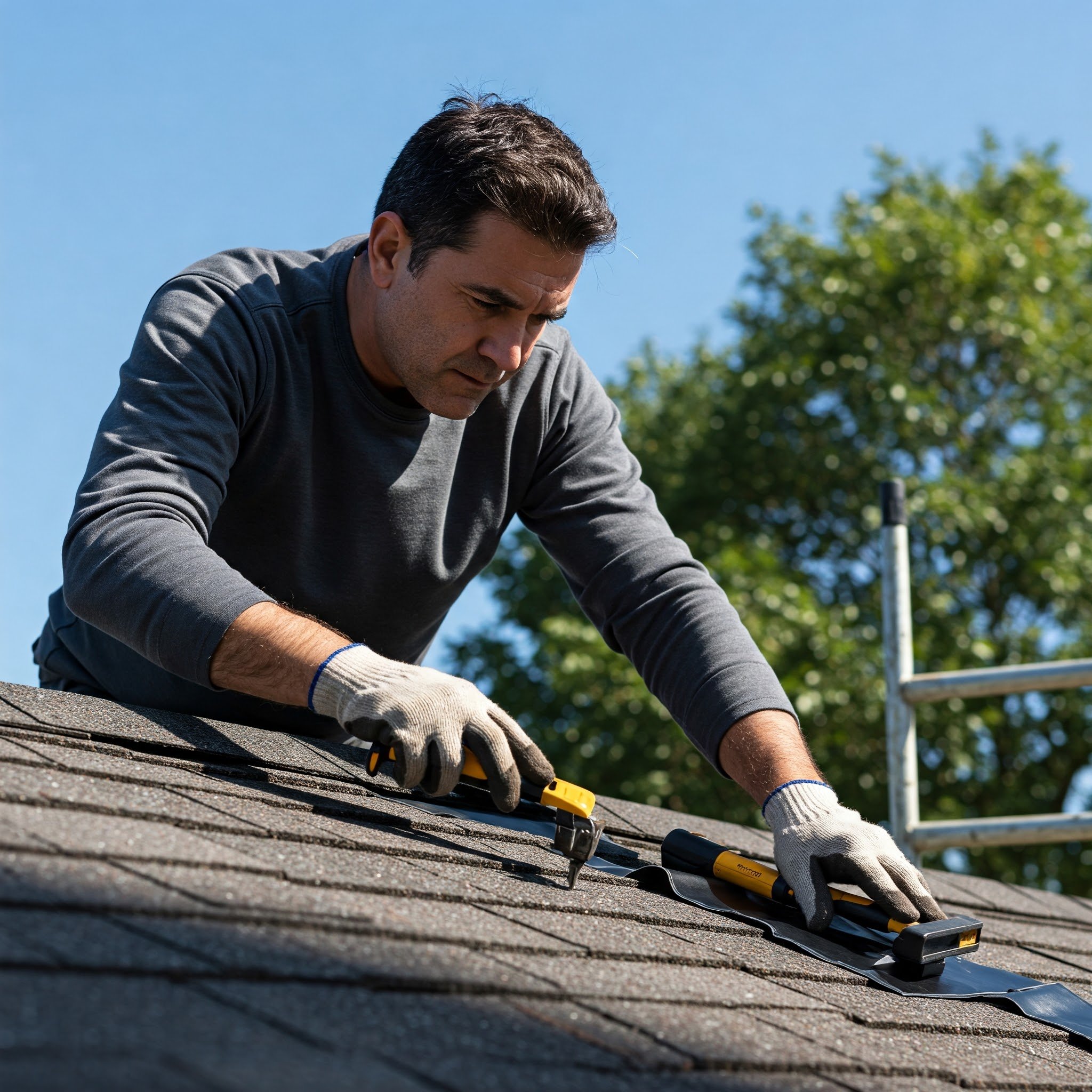7 Most Common Garage Door Repair Problems and How to Fix them
Learn about the 7 most common garage door repair problems and how to fix them, ensuring your garage door operates smoothly and safely.
Imagine starting your day struggling with a jammed or partly open garage door! The garage door secures your entire house and facilitates easy movement in and out of it. However, it is vulnerable to many problems, such as broken springs and misaligned tracks. You can easily fix these problems on your own or with professional assistance.
In this article, you will learn:
Top 7 garage door problems
Potential causes of different garage door issues
Possible ways to fix underlying problems
1. Difficulty Opening or Closing the Garage Door
Is the garage door not opening or closing properly? This issue can cause a lot of inconvenience. It not only hinders your vehicle’s movement but also raises security issues. Here we identify the potential problems based on your garage door types and opener.
Potential Causes:
Disrupted Balance: An off-balance door does not open or close properly.
Problem with the Fuse: If the batteries of your door are perfectly fine and the door is still having trouble opening or closing, there’s probably a fuse down.
Solutions:
Test the Balance: Turn off the power supply and manually open the door halfway. If it stays in place, the door is balanced and on track. Otherwise, there is some problem.
Replace the Fuse: Remove the blown fuse and install a new one. However, if other lights in your home are working well, inspect your door opener.
You can easily fix both problems yourself. However, if the DIY attempts fail, you can seek expert assistance to resolve the problem.
2. Blocked Photo-eye Sensors
Photo-eye sensors are installed on each side of your garage door and detect any obstacle in its path. Blocked sensors ultimately disturb the door’s normal opening or closing.
Potential Causes:
Dirt and Debris: Tree twigs, plants, dirt buildup, and toys may cover or obstruct the sensors.
Unaligned Antenna: Sometimes, the signals are blocked due to an unaligned antenna.
Solutions:
Remove the Obstacles: To restore signals between your remote and the door, remove any obstacles that might be blocking the signals.
Clear Dirt: Regularly clean the sensor’s eye and antenna to avoid spiderwebs and dirt buildup.
Align the Antenna: Adjust or realign the antenna to fix signals.
3. Misaligned Tracks
Over time, the tracks on which your garage door runs can become misaligned. Misaligned tracks interfere with the legitimate working of your garage door and cut off its movement.
Potential Causes:
Damaged Screws: The screw and bolts that hold the tracks in place may loosen up or unwind over time. It causes the tracks to shift from their original position.
Waste Gathering in the Tracks: Waste Collecting in the tracks over time can also lead to misalignment.
Wear and Tear: Rough handling can cause garage door components to corrode with time.
Solutions:
Use a Hammer: Look for the minor misalignments in the tracks. If you find any, gently press them back in place using a hammer.
Avoid Waste Buildup: Clean the rails on a regular basis to ensure no waste builds up.
Be Gentle: Smoothly open and close the garage door and avoid unnecessary rubbing.
Fix the Screws: Tighten all screws and bolts of your garage door after every few months.
4. Garage Door Got Stuck
A stuck garage door not only affects your routine movements in and out but also creates security vulnerabilities moreover facilitates unauthorized access.
Potential Causes:
Worn Out Springs: When a torsion or extension spring breaks, your garage door becomes too heavy to lift manually or even with a door opener.
Damaged Rollers: Rollers get worn out once they reach their maximum cycle limit. Rusty or old rollers can also cause the garage door to get stuck.
Solutions:
Replace the Springs: Refresh or replace the broken spring immediately. But remember, spring replacement is very risky. Do not consider it a DIY project; seek assistance from a garage door repair professional to fix this problem.
Lubricate the Rollers: First, grease the rollers. If lubricating does not fix the issue, look for visible signs of roller damage and replace them if needed.
5. Garage Door Making Unusual Noises
Unusual noises during garage door operation indicate an underlying issue. Some problems are minor. However, others require instant attention. Does your garage door make popping, snapping, or crackling sounds? If yes, identify these sounds:
Slapping: Loose chains
Grinding and Squeaking: Loose Rollers
Rattling and Vibrating: Loose screws and bolts
Scraping and Rubbing: Misalignment
Banging: Broken springs
Popping: Flexing panels
Twang: Off-balance door
If you are still unable to identify the problem, call garage door repair technicians for help.
6. Defected Garage Door Opener
A malfunctioning door opener can hinder your garage door’s smooth operation.
Potential Causes:
Wear and tear of internal components.
Lack of proper maintenance
Aging Motor: An Aging Motor can be a likely culprit of a damaged door. If your garage door motor is overheating, it needs to be replaced.
Solutions:
Ensure Regular Maintenance: Get your garage door performance evaluated by professionals every six months.
Lubricate: Keep lubricating the moving parts of your garage door.
Replace the motor: Remove the old malfunctioning motor and install a new one if needed.
7. Remote Control Problems
The remote control's efficient operation is important for the smooth operation of your garage door. But sometimes, the remote does not effortlessly control your garage door.
Potential Causes:
Controller Inference: Interfering factors like electronic signals or other gadgets present in the controller’s vicinity can interfere with the communication between the remote and the door. This phenomenon is called “controller interference”.
Outdated Technology: If you have not changed your door’s controllers for years, you should probably buy a new one with updated technology.
Transmitter Problems: Test the transmitter to detect an underlying problem.
Solutions:
Change the Frequency: Change your controller’s frequency and make sure it does not interfere with other devices in the surroundings.
Update your Controller: To ensure efficient garage door operation, consider switching to a new controller with the latest technology.
Fix the Transmitter: To fix transmitter problems, change the batteries. Remove the controller’s back and ensure proper battery orientation.
Conclusion
Garage door maintenance is a challenging task. Although you can do simple repairs on your own, you need to call experienced technicians for problems like broken springs. They can quickly diagnose and fix the problem and also identify and address its underlying cause. Trusting professionals with your repairs can increase your garage door’s lifespan and bring you peace of mind. Additionally, it can save you a huge sum of money.



